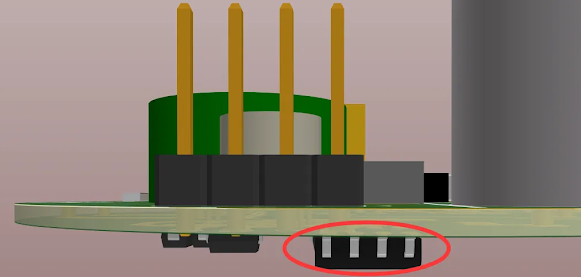Want to use PCB multilayer board? Let's take a look at its advantages and disadvantages before we talk about it!
Below we will analyze the advantages and disadvantages of PCB multilayer boards from many aspects.
1. Advantages of PCB multilayer boards
High-density integration capability
PCB multilayers allow for higher density circuit layouts in limited space. By arranging conductive paths and components between multiple layers, the size of the board can be greatly reduced, improving the overall performance of the electronic device. This high-density integration capability is critical to enabling miniaturized, lightweight electronics.
Excellent electrical performance
Multilayer board design helps optimize electrical performance. Through reasonable layer design and wiring layout, signal interference and electromagnetic radiation can be effectively reduced, and signal stability and transmission speed can be improved. In addition, multilayer boards can provide structures such as shielding layers and reference planes to further improve electrical performance.
Powerful thermal performance
Multilayer boards often contain specialized heat sink layers for improved thermal conduction and heat distribution. This allows multilayer boards to have better thermal performance when dealing with high power or high speed signals. Good thermal performance helps to ensure stable operation and prolong the life of electronic devices.
high reliability
Multilayer boards undergo rigorous manufacturing and testing processes to provide high mechanical strength and stability. They are resistant to external environmental factors such as vibration, shock and temperature changes, thus ensuring the reliability of electronic products in complex and harsh environments.
Higher manufacturing costs
The manufacturing process of multilayer boards involves multiple pressing, drilling, plating and other complex processes, resulting in relatively high production costs. In addition, raw materials such as high-performance substrates and adhesives add to the cost of multilayers. Therefore, when considering the use of multilayers, it is necessary to weigh the balance between their performance and cost.
High Design Complexity
Multilayer board design requires more considerations such as interlayer alignment, impedance control, and thermal design. This requires a high level of specialized knowledge and experience on the part of the designer. In addition, the design flexibility of multilayer boards is relatively limited. Once the design is completed and put into production, it is difficult to make changes or adjustments at a later stage.
Long production cycle
Due to the complexity of the production process of multilayer boards, the production cycle is usually longer than that of single or double-layer boards. This may affect the time-to-market and market competitiveness of the product. Therefore, when choosing multilayer boards as a circuit board solution, the impact of the production cycle on the overall project schedule needs to be fully considered.
Maintenance Difficulties
The high degree of integration of circuits and components inside a multilayer board makes it relatively difficult to locate and repair in the event of a failure. This may increase the cost of maintenance and after-sales service at a later stage. Therefore, when using multilayer boards, attention needs to be paid to their repairability and maintainability for fast and effective troubleshooting and repair when necessary.
Therefore, PCB multilayers have significant advantages in electronics manufacturing, such as high-density integration capability, excellent electrical performance, strong thermal performance and high reliability. However, it also has some disadvantages, such as high manufacturing cost, high design complexity, long production cycle and maintenance difficulties. When choosing whether to use multilayer boards, trade-offs and decisions should be made based on specific application scenarios and needs.






Comments
Post a Comment